CIA to undergo major overhaul, focus more on cyber ops: agency chief
CIA director said he also is establishing a new "Directorate of Digital Innovation" to lead efforts in cyber wars
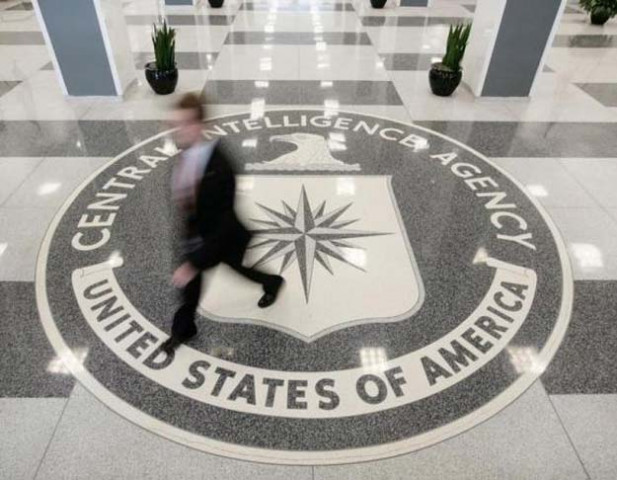
The lobby of the CIA Headquarters Building in McLean, Virginia, August 14, 2008. PHOTO: REUTERS
Brennan said he is creating new units within the CIA, called "mission centers," intended to concentrate the agency's focus on specific challenges or geographic areas, such as weapons proliferation or Africa.
The CIA director said he also is establishing a new "Directorate of Digital Innovation" to lead efforts to track and take advantage of advances in cyber technology to gather intelligence.
Historically, electronic eavesdroppers at the National Security Agency have been at the cutting edge of digital innovation within the US government. But the CIA felt that it had to reorganise to keep up with the technological "pace of change," as one official put it.
Brennan said the new digital directorate will have equal status within the agency with four other directorates which have existed for years.
"Our ability to carry out our responsibilities for human intelligence and national security responsibilities has become more challenging" in today's digital world, Brennan said. "And so what we need to do as an agency is make sure we’re able to understand all of the aspects of that digital environment."
Brennan briefed a small group of reporters on the changes on Wednesday, on the condition they did not publish until he told CIA employees on Friday.
Stepping up the CIA's expertise in cyberspace may help it counter technological innovations and sophisticated use of social media by militant groups such as Islamic State. It could also mitigate what US officials have said is damage to intelligence gathering caused by former NSA and CIA contractor Edward Snowden.
The 10 new "mission centers" will bring together CIA officers with expertise from across the agency's range of disciplines to concentrate on specific intelligence target areas or subject matter, Brennan said.
Competition between spy agencies and between units within agencies has led to "stove piping" of information that should have been widely shared and to critical information falling through bureaucratic cracks, Brennan and other US intelligence officials said.
"I know there are seams right now, but what we’ve tried to do with these mission centers is cover the entire universe, regionally and functionally, and so something that’s going on in the world falls into one of those buckets," Brennan said.
The CIA currently operates at least two such interdisciplinary centers, covering counter-terrorism and counter-intelligence.
Reaction to the CIA reorganisation was mostly positive, although some veterans acknowledged it will likely prompt bureaucratic friction within the spy agency.
"I think that this will strengthen the CIA significantly over time," former CIA acting director and deputy director Michael Morell said.
"There are short term costs...A lot of things to work out," Morell added. "And there are going to be...senior people with heartburn."
Sen. Richard Burr, chairman of the Senate Intelligence Committee, praised Brennan's moves.
"This reorganization was driven not by any institutional failure, but by the realisation that the world has changed over the course of the last 70 years. In many ways, the Director’s proposal is long overdue," Burr said in a statement.
Created in 1947, the CIA is divided into four major directorates. Two - the Directorate of Science and Technology, which among other activities invents spy gadgets, and the Directorate of Support, which handles administrative and logistical tasks - will retain their names.
The Directorate of Intelligence will be renamed "Directorate of Analysis" to reflect its function as the home of agency experts who collate and analyse information from secret and open sources, Brennan said.
The National Clandestine Service, home of front-line agency undercover "case officers," who recruit spies and conduct covert actions, will be renamed Directorate of Operations, which is what it had been called for most of the agency's history.

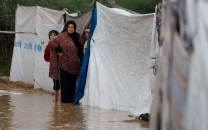

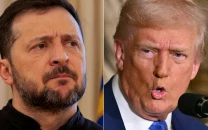
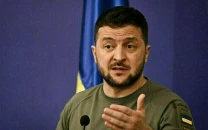


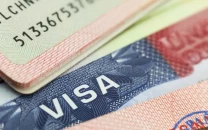


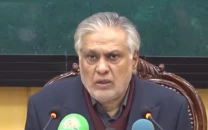

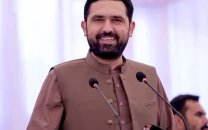






COMMENTS
Comments are moderated and generally will be posted if they are on-topic and not abusive.
For more information, please see our Comments FAQ